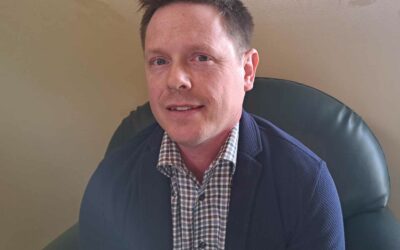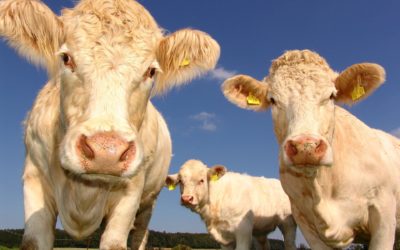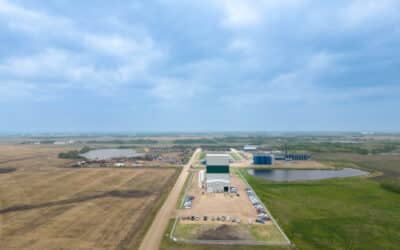Focusing on the societal impact when explaining agriculture to policy makers and consumers is paramount.
When explaining agriculture issues to policymakers and consumers, those in the ag industry need to look at the broader pictures to share what benefits there are to the public and not just those in agriculture.
“I think it’s framing the information in terms of the larger challenges that often are focused on,” Kent Schescke, executive vice president and CEO for the Council for Agricultural Science and Technology (CAST), says on the Nov. 2 episode of Seed Speaks. He says if you’re working on something to do with environmental sustainability, explain that while it will lessen the impact on the environment it will also help provide safe, affordable food.
Governments take a lot of things into consideration when it comes to new agricultural policies. They may take consumer thoughts into account, but it’s important to remember everyone is consumer even if you work in the ag industry.
“Consumer thoughts and priorities are taken into account by government. Often those thoughts and priorities are very similar to the people in the food system. Most people want to see the industry grow, they want it to be sustainable, they want to be environmentally friendly,” John Jamieson, president and CEO of the Canadian Centre for Food Integrity, explains on Seed Speaks.
Jamieson previously worked as a deputy minister for the department of agriculture and fisheries in Prince Edward Island. In that role, considerations in policy decision-making included:
- How does it impact the industry?
- Is it helping grow the sector?
- Is it making it more sustainable?
- Are we meeting the needs of consumers?
- Are we helping our consumer connect with the food system?
It’s not enough though to just consider how policy and choices about agriculture impact your region of the world. Decisions made on one side of the world can affect other parts of the world.
“Often what we’re doing with genetic modification, gene editing, different tillage, changes with fertility — all of those advances, make food more available and affordable to people around the world. And we got to be careful not to take those tools away,” Jamieson says.
Schescke adds regions of the world that suffer because of these limitations are usually the places that need it the most due to food insecurity. For example, due to European influence in Africa, they’ve been hesitant to look at new plant breeding technologies which could help them produce more food to feed people on their continent.
“How do we help create a level of understanding and acceptance that not only the farmers that work in North America have access to those tools. But also, a lot of these technologies are skill neutral, and can be used by smallholder farmers in Africa and other regions. We just need to make sure that those technologies are able to flow across borders,” he explains.
There have been some positive developments in the last few years, with Schescke adding more of these technologies have started to be allowed in countries where they are needed to help with food security.
Related Articles
There Shouldn’t Be a Concern About What You’re Eating
The Buzzword Gap Between Ag and Consumers
Organic and Conventional Farming Aren’t as Different as You Think





